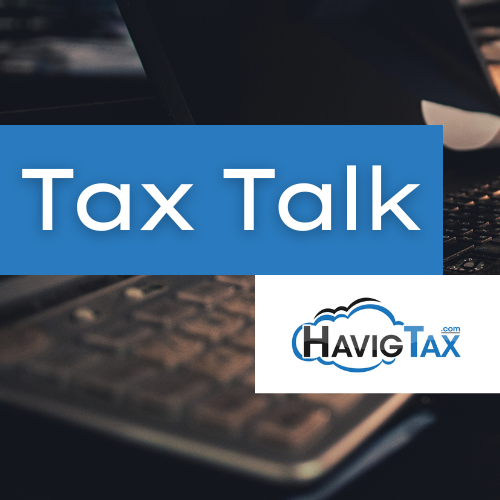Navigating your Numbers: Types of Financial Statements
Navigating the Numbers:
Demystifying the Three Pillars of Business Financial Statements

In the dynamic world of business, financial statements serve as the compass guiding organizations through the complex landscape of economic decisions. These documents, essential for stakeholders ranging from investors to management, provide a comprehensive snapshot of a company's fiscal health. In this blog post, we will delve into the three most popular business financial statements—Income Statement, Balance Sheet, and Cash Flow Statement—to unravel the key insights they offer and their significance in assessing a company's performance.
Income Statement: The Pulse of Profitability
The Income Statement, also known as the Profit and Loss Statement (P&L), is the financial document that tracks a company's revenues, expenses, and profits over a specific period. It acts as a dynamic snapshot, capturing the ebb and flow of a business's financial performance.
- Revenue: This is the total income generated by the company from its primary operations. It includes sales, services, and any other sources of income.
- Expenses: These encompass the costs associated with running the business, such as operating expenses, interest, and taxes. Subtracting expenses from revenue yields the crucial metric of net income.
- Net Income: The bottom line of the Income Statement, net income reflects the company's overall profitability. A positive net income signals profitability, while a negative figure indicates losses.
Analyzing the Income Statement provides a nuanced understanding of a company's revenue streams, cost structure, and profit margins, offering invaluable insights for strategic decision-making.
Balance Sheet: The Financial Snapshot
The Balance Sheet is akin to a financial snapshot of a company at a specific point in time. It provides a comprehensive view of a company's assets, liabilities, and shareholders' equity, offering a static yet crucial perspective on its financial position.
- Assets: Assets encompass everything a company owns, from cash and accounts receivable to tangible assets like property and equipment.
- Liabilities: Liabilities represent the company's obligations, including debts, accounts payable, and other financial responsibilities.
- Shareholders' Equity: This is the residual interest in the company's assets after deducting liabilities. It represents the ownership interest of shareholders in the company.
The Balance Sheet adheres to the fundamental accounting equation: Assets = Liabilities + Shareholders' Equity. A well-managed balance sheet ensures that a company can meet its short-term and long-term obligations, providing investors and creditors with a clear picture of financial health.
Cash Flow Statement: The Lifeblood of Operations
While the Income Statement focuses on profitability and the Balance Sheet on financial position, the Cash Flow Statement zeroes in on liquidity—the ability to meet short-term obligations. This statement tracks the cash inflows and outflows from operating, investing, and financing activities.
- Operating Activities: Cash generated or used in the company's core business operations, reflecting the day-to-day business activities.
- Investing Activities: Cash flows related to the purchase or sale of long-term assets, such as property, equipment, or investments.
- Financing Activities: Cash flows from transactions with the company's owners and creditors, including issuing or repurchasing stock and paying dividends.
The Cash Flow Statement is crucial for assessing a company's ability to generate cash, a vital resource for growth and sustainability. It provides insights into how effectively a company manages its working capital and navigates its financial obligations.
In the intricate web of financial analysis, the three pillars—Income Statement, Balance Sheet, and Cash Flow Statement—stand tall as indispensable tools for understanding a company's financial health. Individually, they offer unique perspectives, but collectively, they form a comprehensive framework that empowers stakeholders to make informed decisions. Mastering the art of interpreting these financial statements is akin to deciphering the language of business, enabling entrepreneurs, investors, and managers to navigate the complexities of the business landscape with confidence.
Quick Links
Contact Information
Business Hours
- Mon - Fri
- -
- Sat - Sun
- Closed















